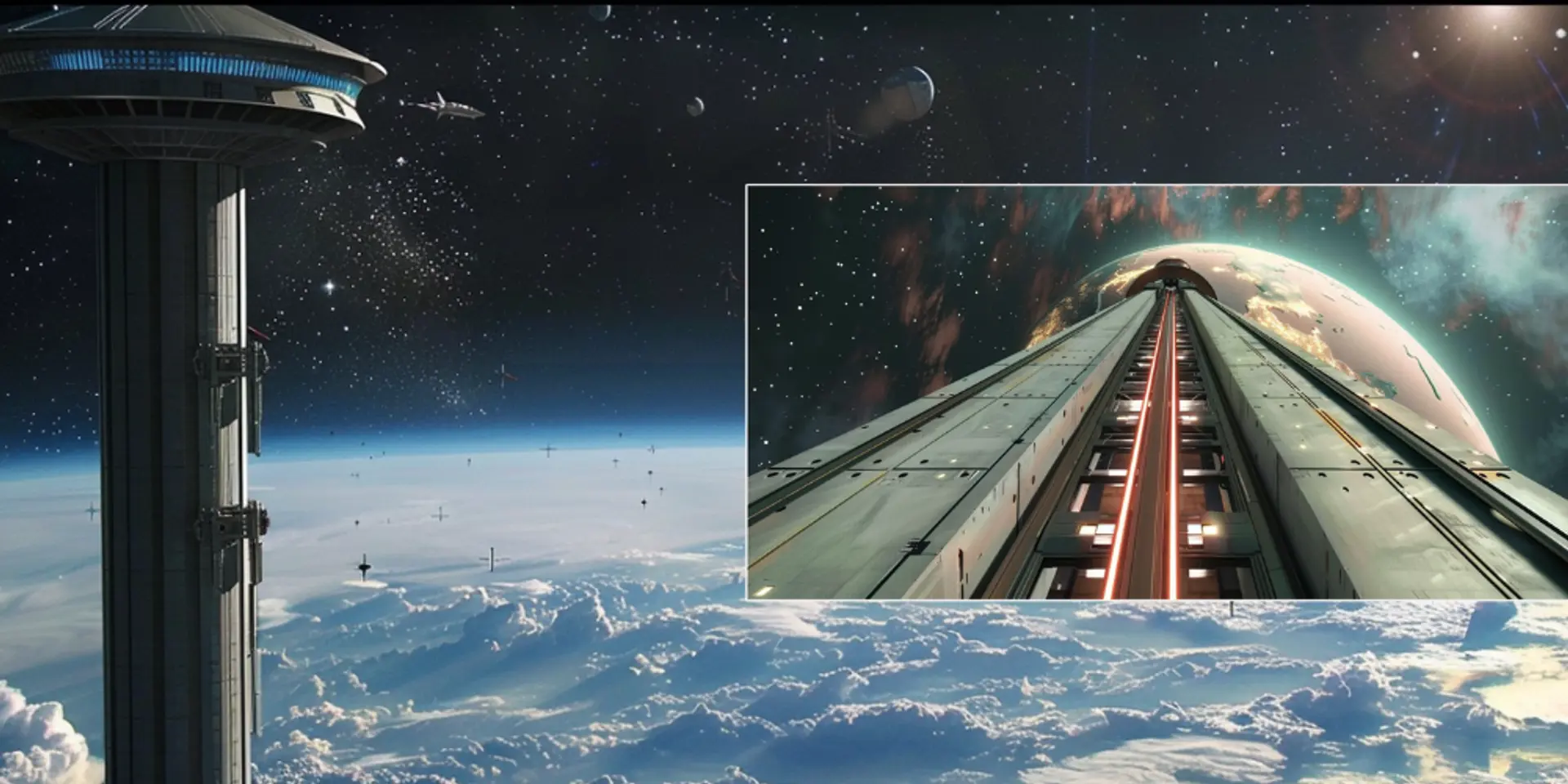Japan’s 96,000 km Space Elevator Project: Reach Space in Just a Week
Explore how Japan’s Obayashi Corporation plans to transform space travel with a pioneering 96,000 km-long space elevator, launching construction in 2025
The concept of a space elevator, once a staple of science fiction, is being turned into reality by Japan's Obayashi Corporation. This ambitious project aims to connect Earth to space with a 96,000 km-long cable made from carbon nanotubes (CNTs) that would allow a climber to carry 30 passengers at speeds of 200 kph, delivering them to a space station in about a week. The discovery of CNTs by a Japanese engineer in 1991 has propelled this vision forward, making the once fantastical idea a tangible goal with potential launches envisioned for 2025 .
Technology and Construction Insights
The space elevator is designed to be built using a multi-stage process. Materials will be transported via rocket to low Earth orbit (LEO), where a spaceship will use electric propulsion to ascend to geostationary Earth orbit (GEO). At this point, the spaceship releases the CNT cable back to Earth, becoming a counterweight once reaching 96,000 km in altitude. The climber units will transport materials and eventually people, utilising the strength of CNT to withstand the necessary tension and environmental stressors.
Economic and Environmental Benefits
One of the significant advantages of the space elevator is its cost-effectiveness and sustainability. Traditional rocket launches are expensive and environmentally taxing, whereas the elevator requires no fuel, reducing both cost and toxic emissions. Each climber launch could cost just a few thousand dollars, making space access more affordable and frequent. This project aligns with Japan's goals for carbon neutrality by 2050, providing a greener alternative to current space travel technologies.
Projected Launch and Impact
The project is set to commence construction in 2025, with operational capabilities expected by 2050. This timeline allows for thorough testing and development, ensuring that the technology is safe and reliable for human use. The space elevator could revolutionise how we access space, turning what was once a day-long rocket journey into a mere few hours' climb, comparable to a train ride from Tokyo to Osaka.
As the space elevator project progresses, it promises not only to make space travel more accessible but also to usher in a new era of space exploration and innovation. This initiative not only showcases Japan's commitment to cutting-edge technology but also highlights a pathway towards sustainable extraterrestrial ventures. With the backing of significant Japanese research and development, the space elevator could very well be the next significant step in human space exploration.







